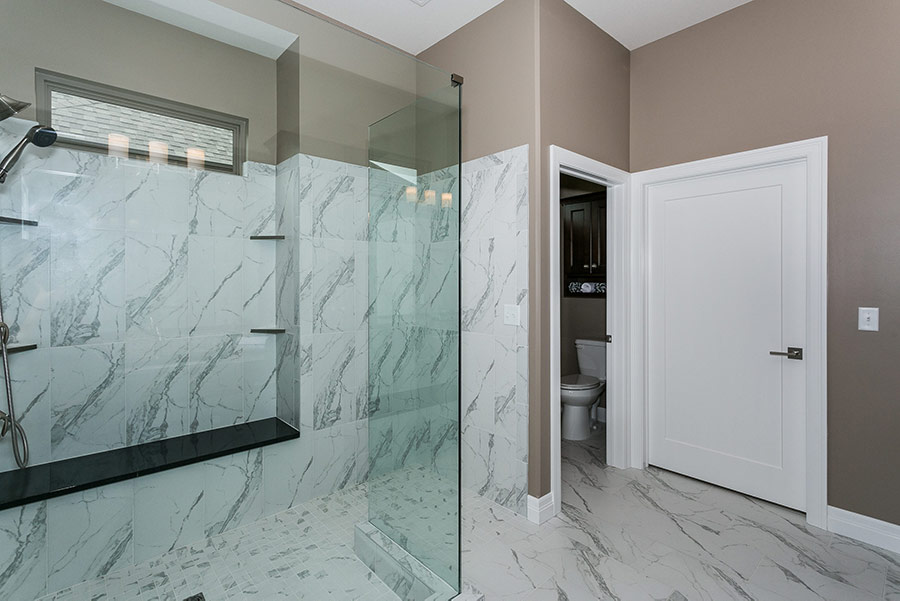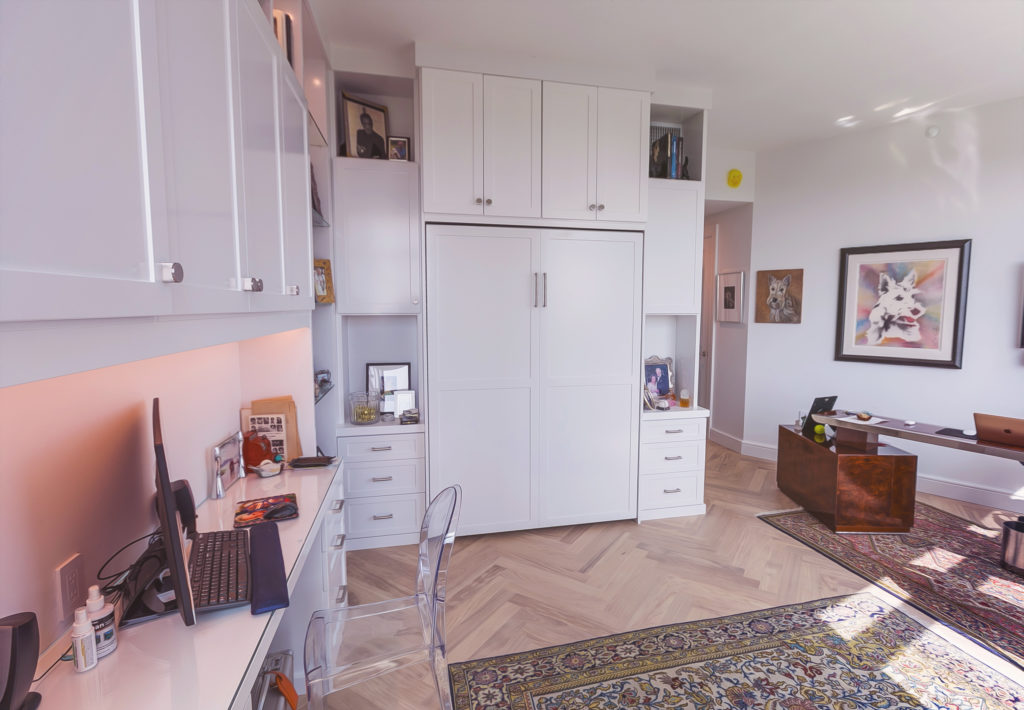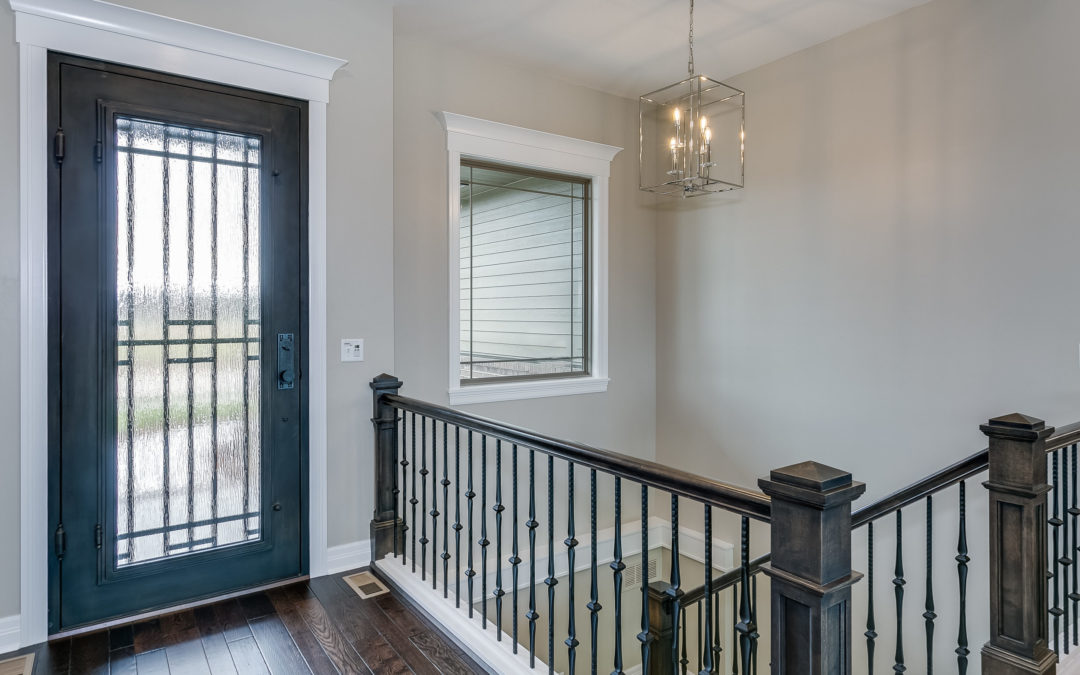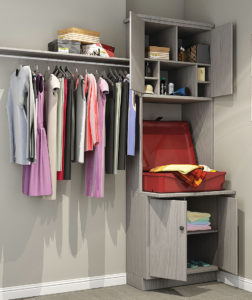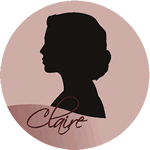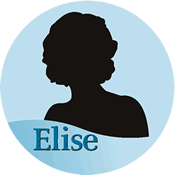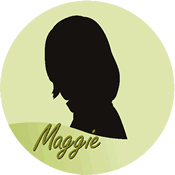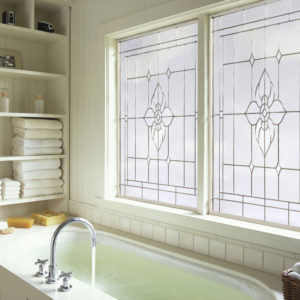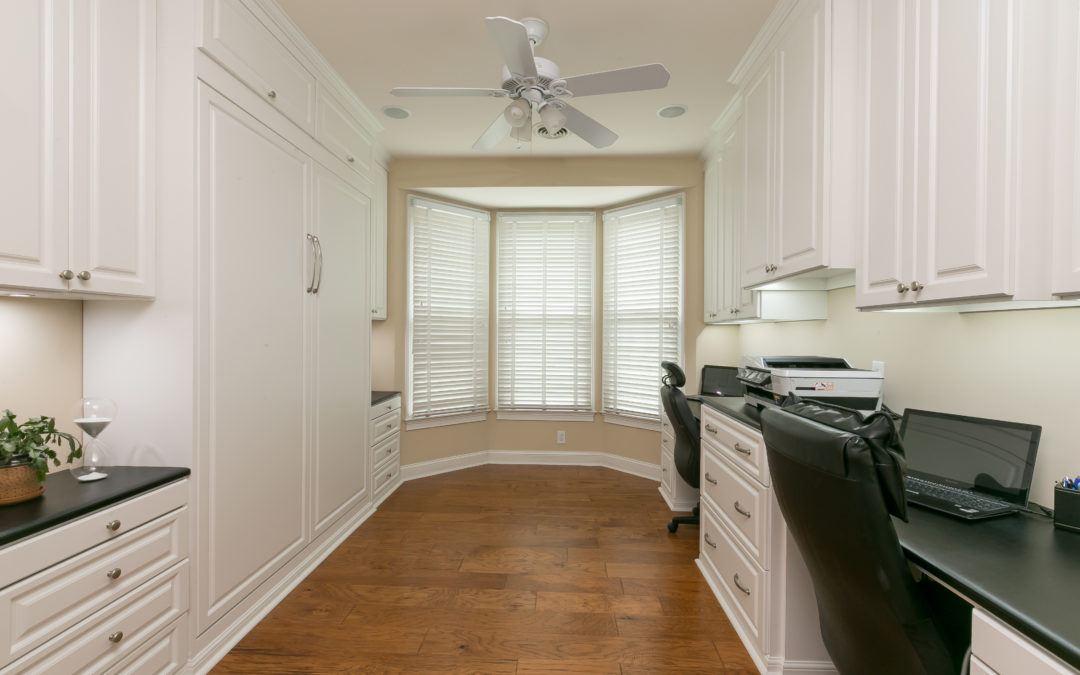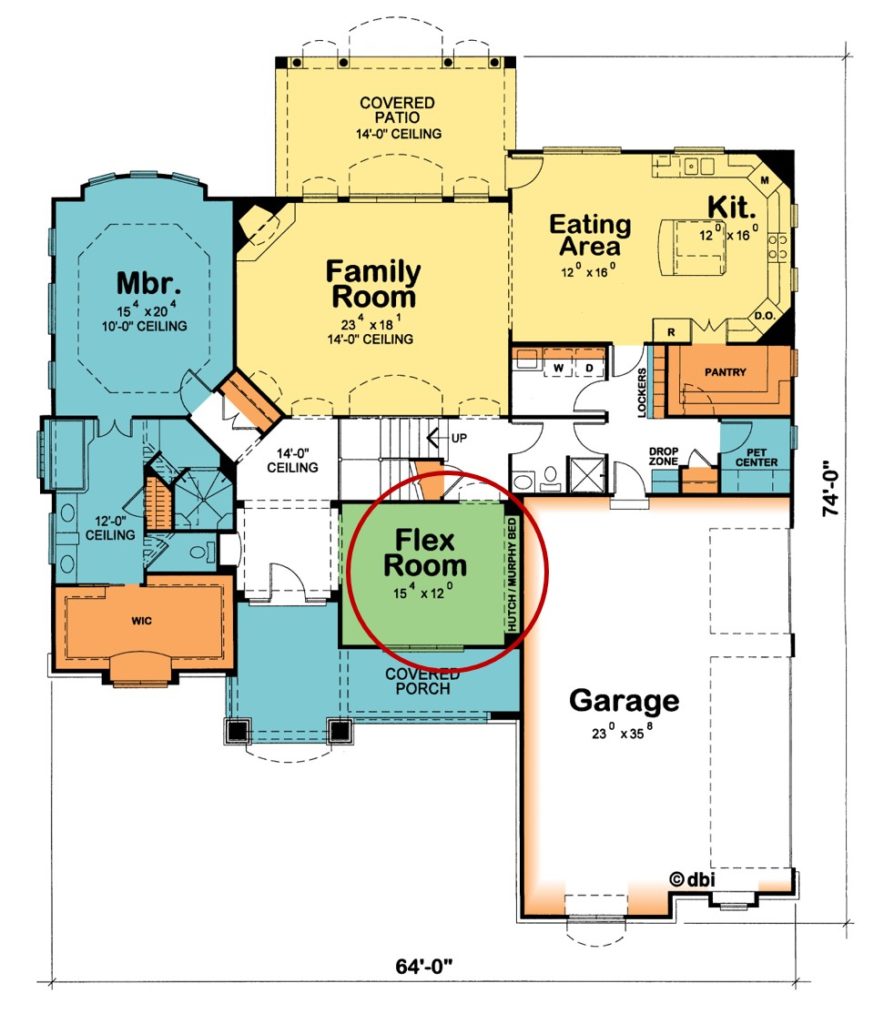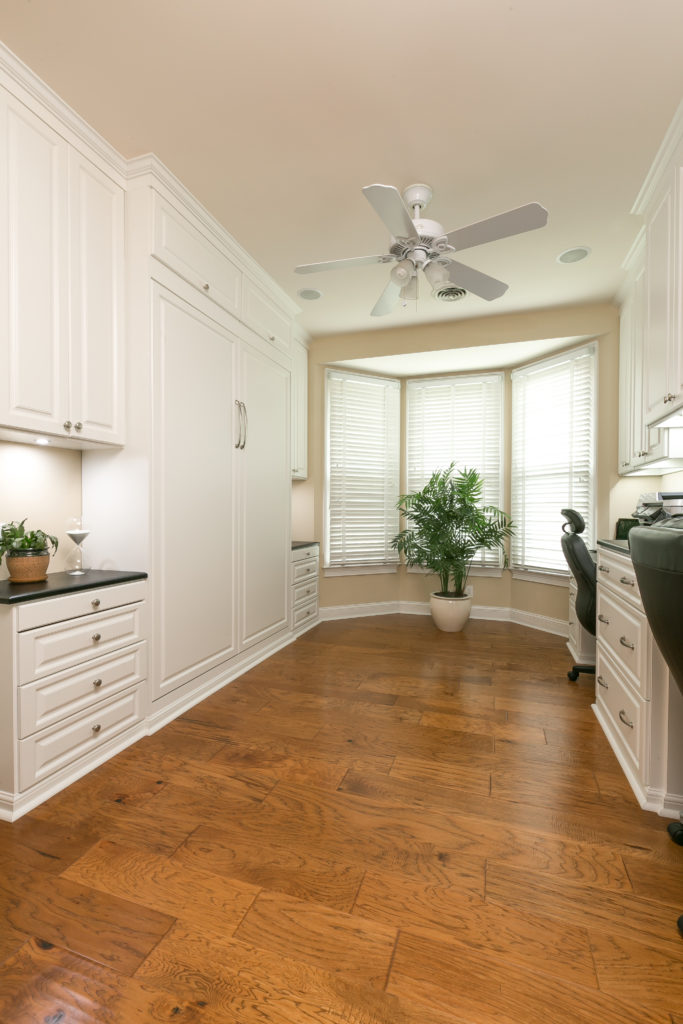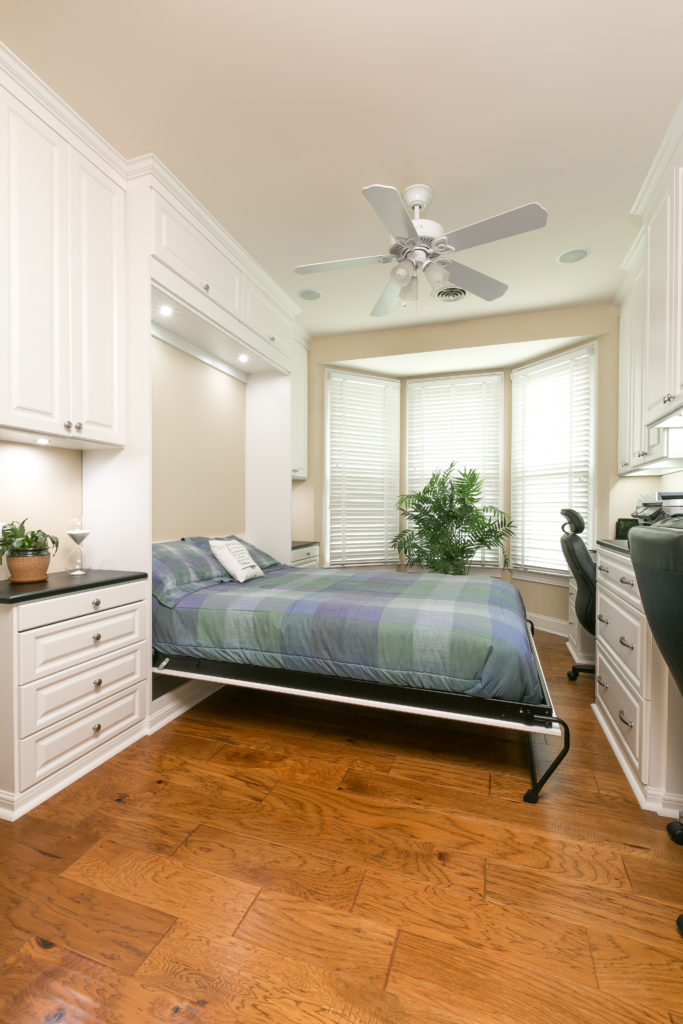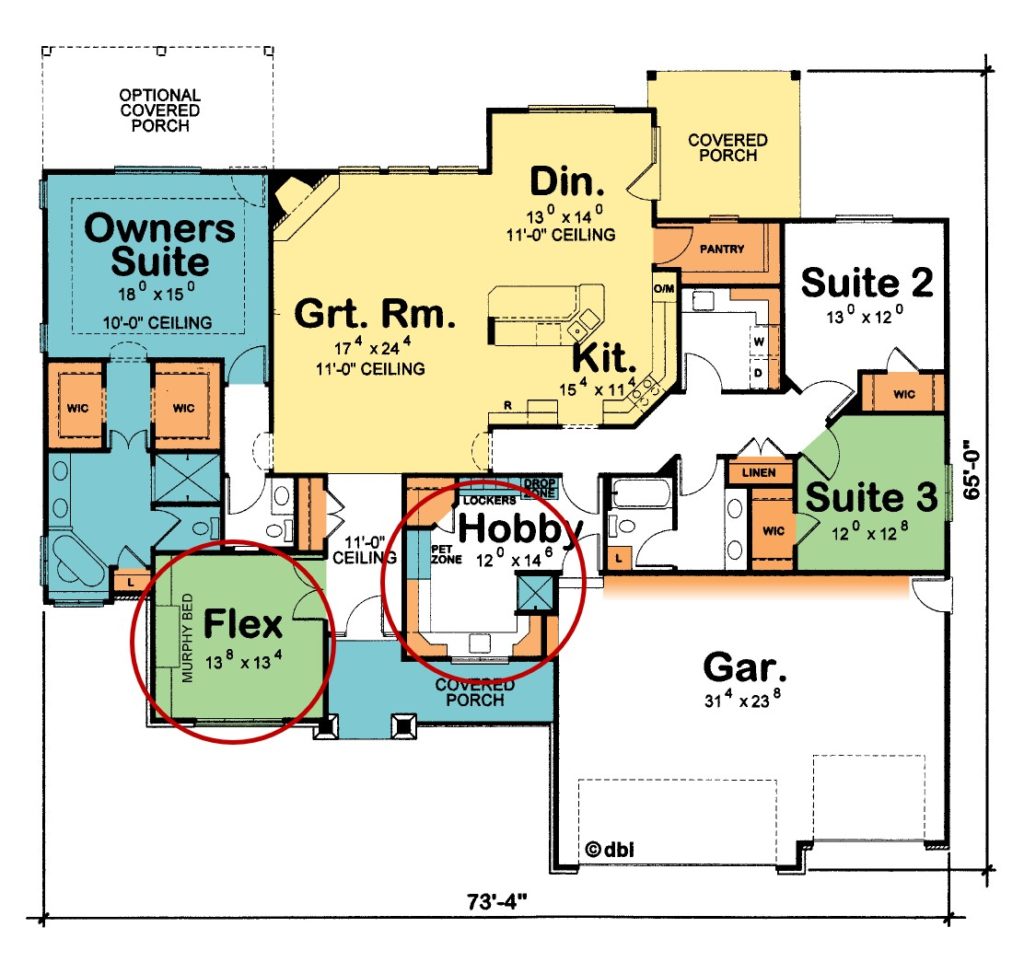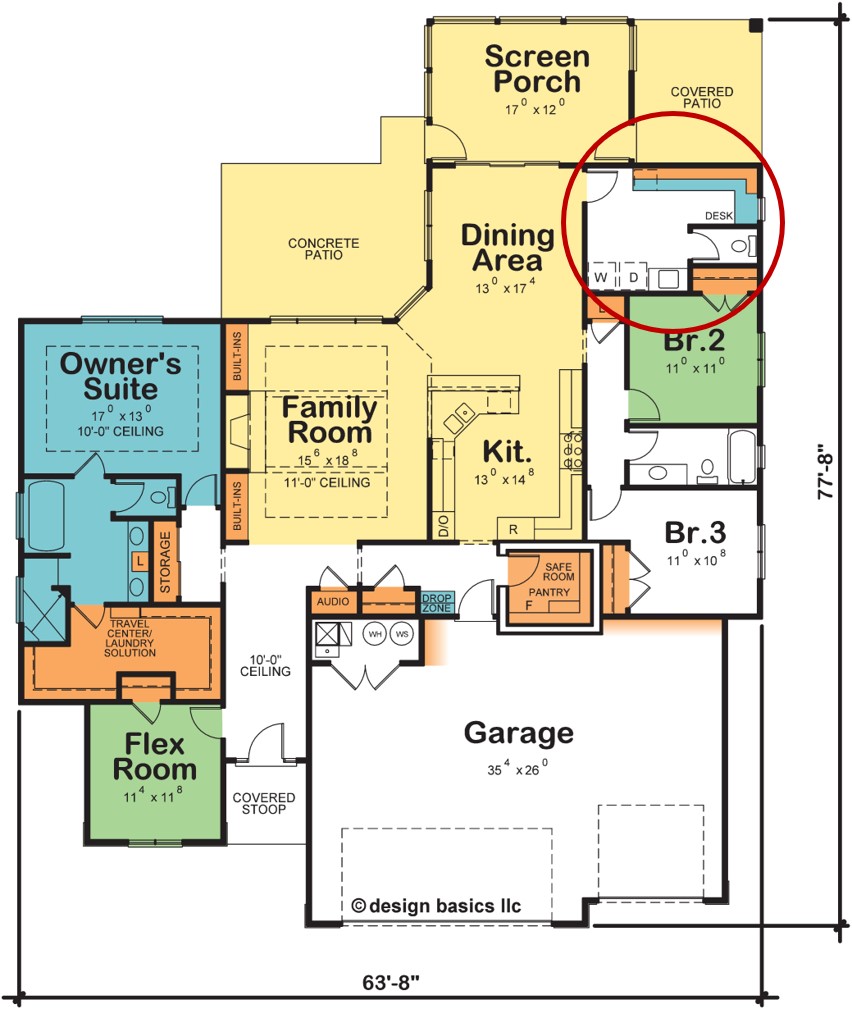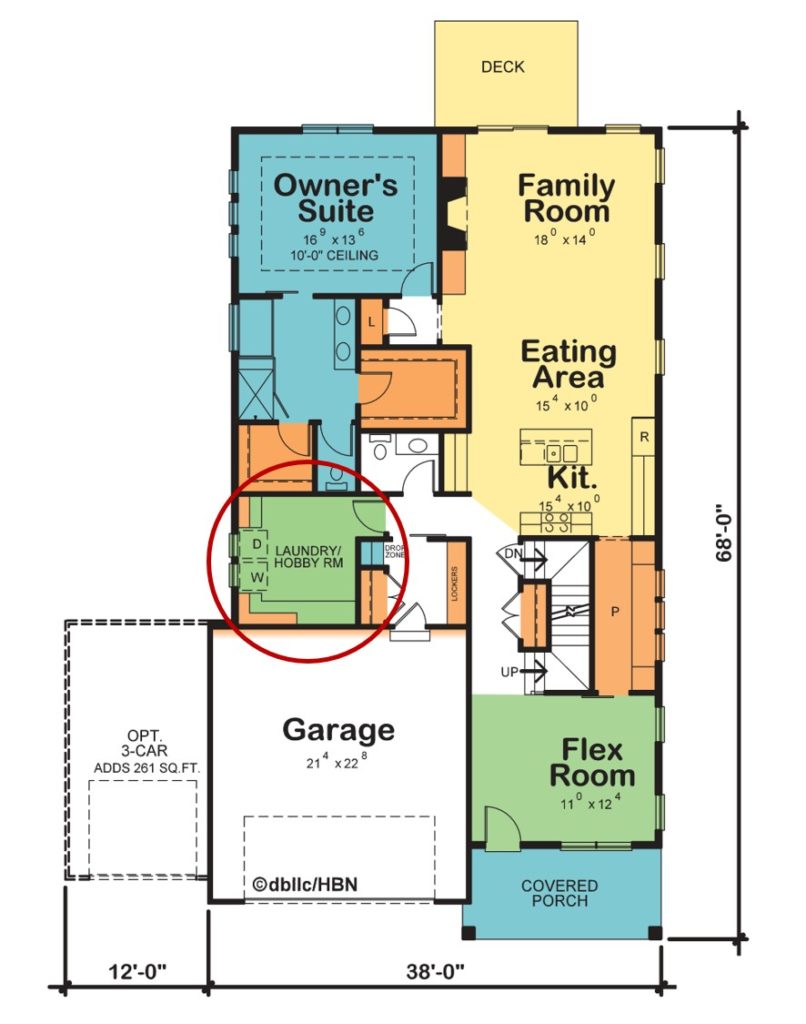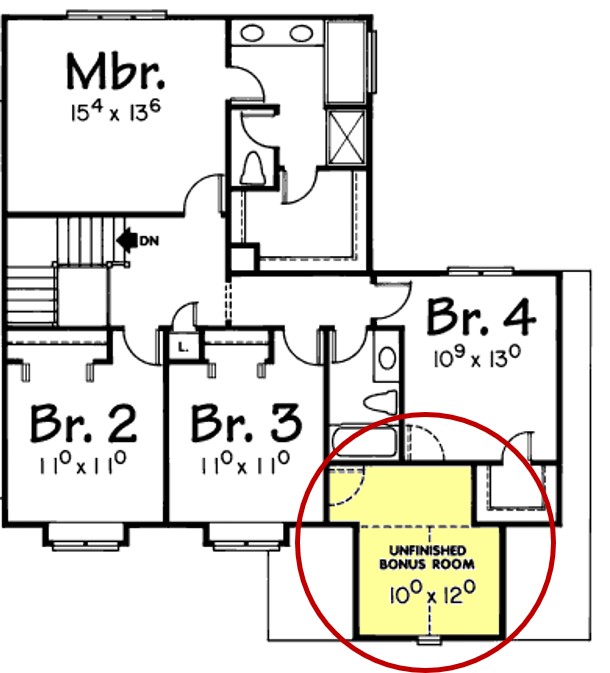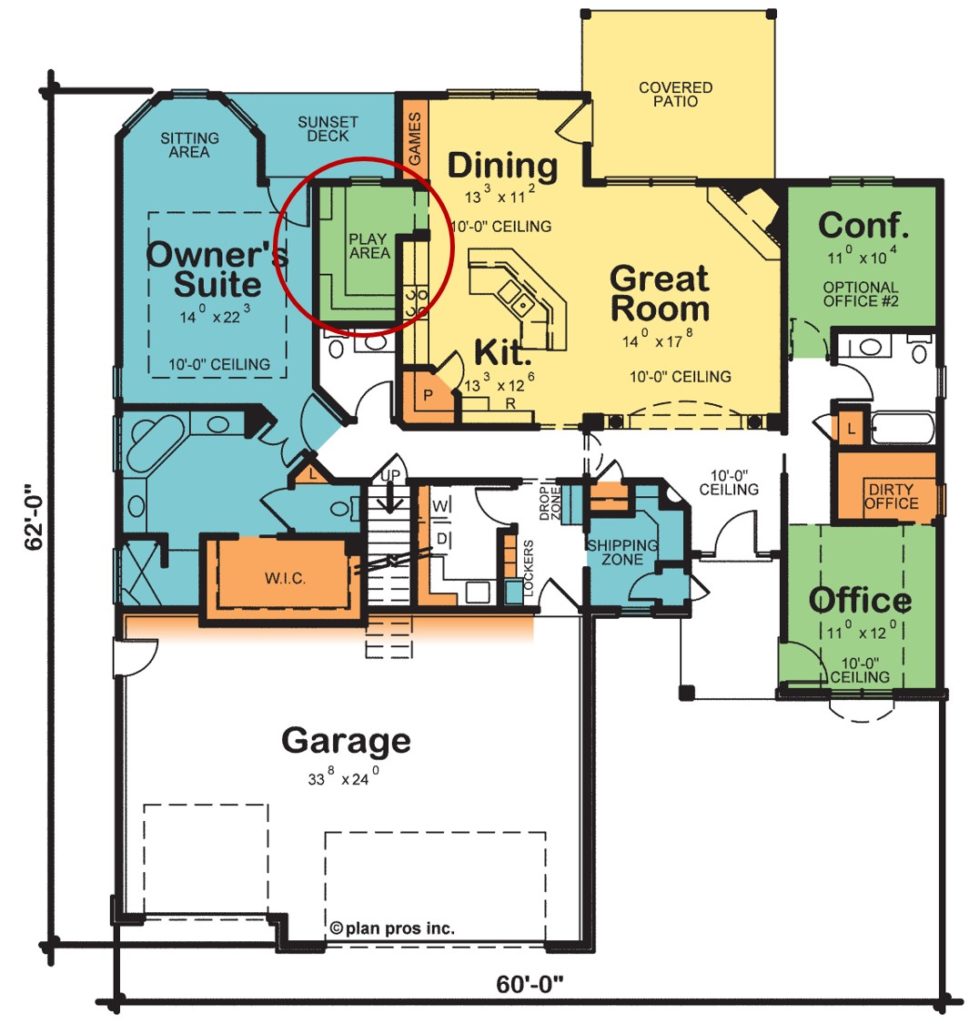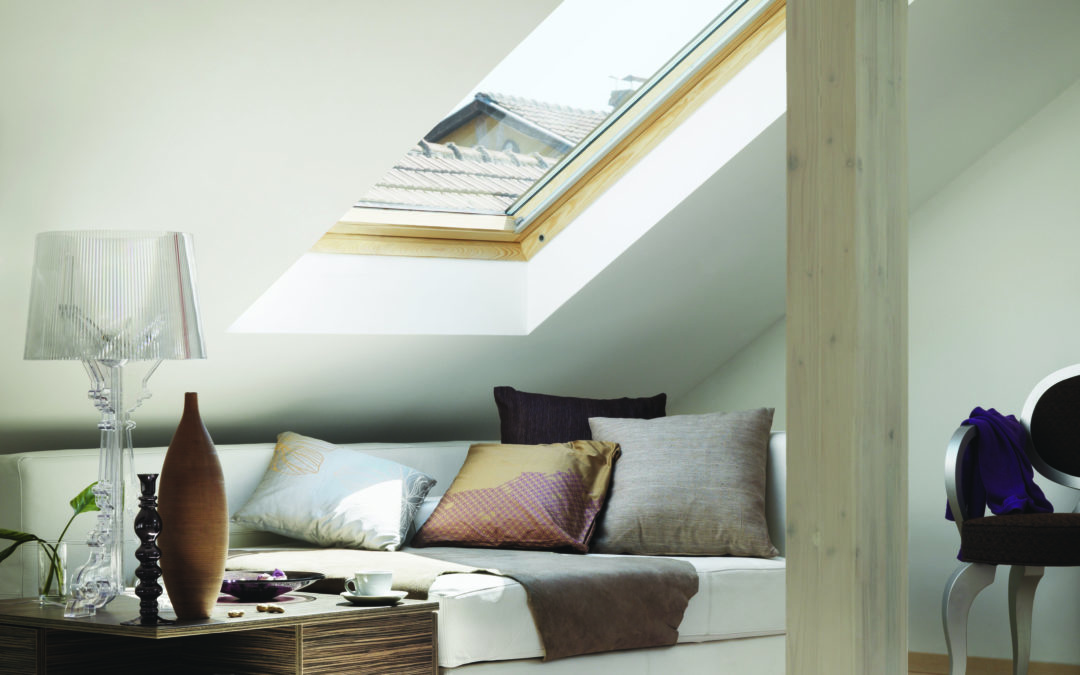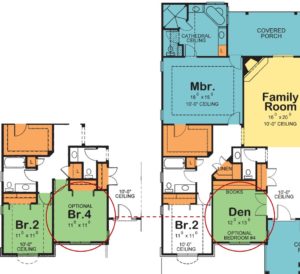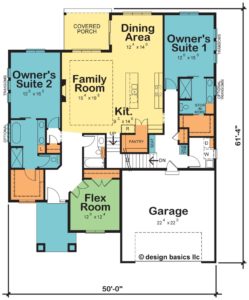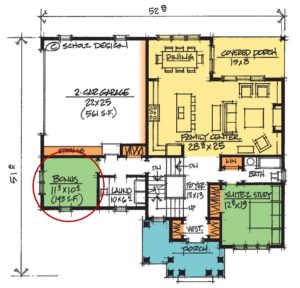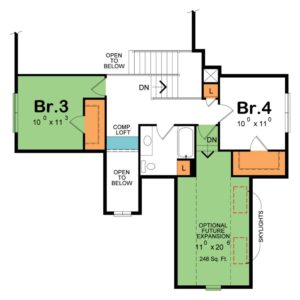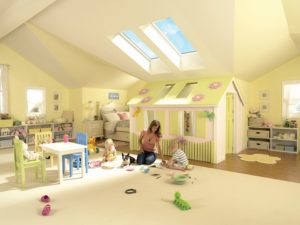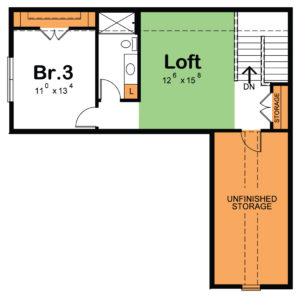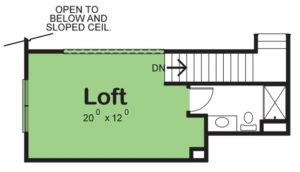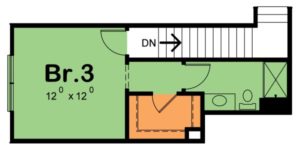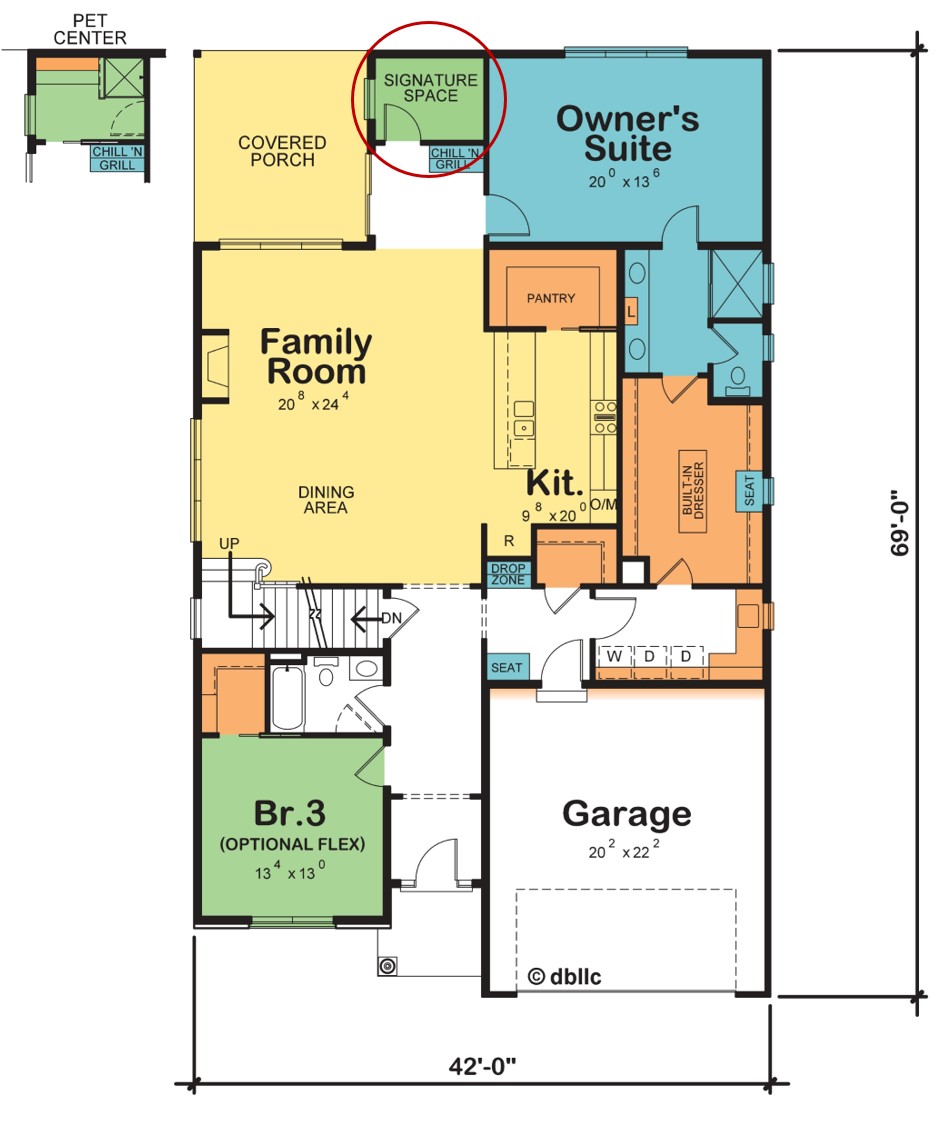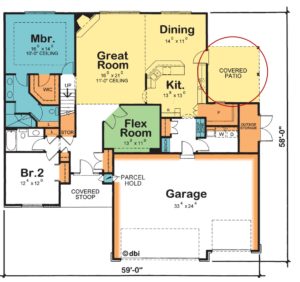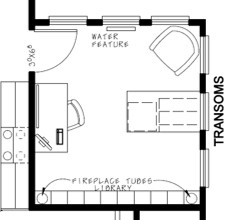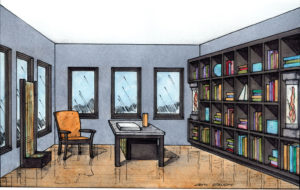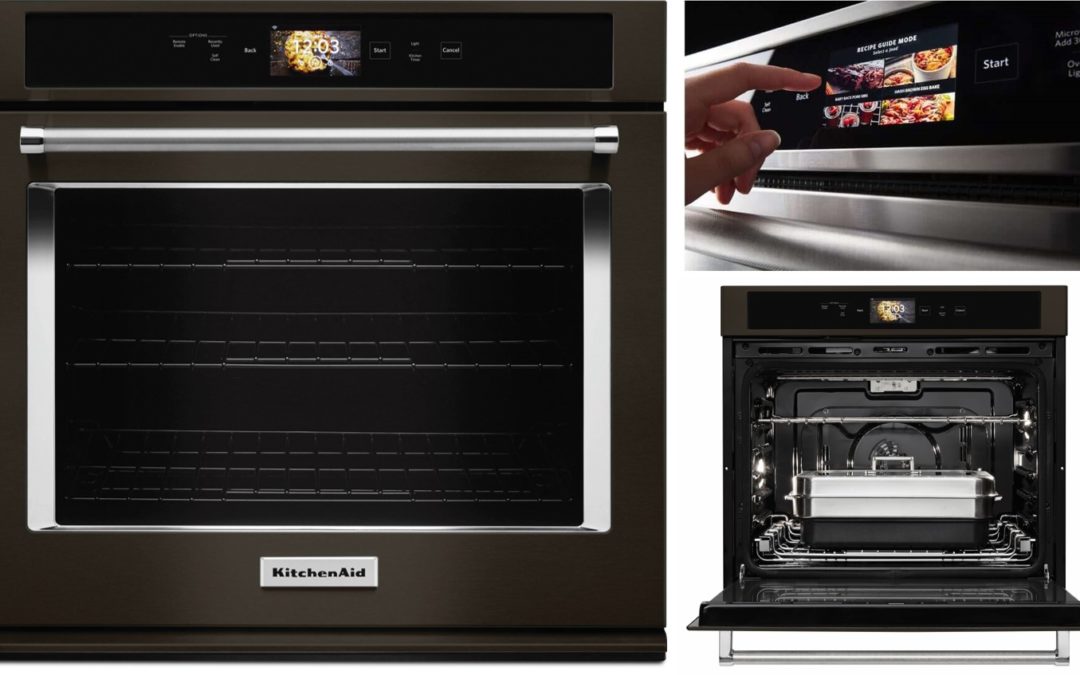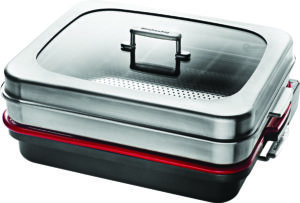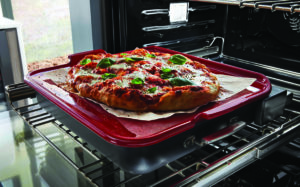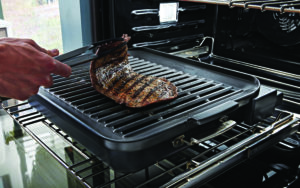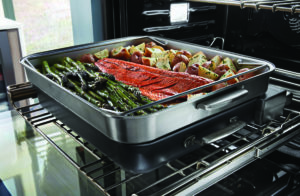
Beyond Dollars – The Cost of Home Ownership
Thinking about the cost of home ownership often resides in the “left brain,” which is associated with information, rational thinking, and analytics. Yet we feel other, very real costs, expressed in terms such as happiness/frustration, contentment/disappointment, or confidence/anxiety. Closely related to cost, William Poundstone points out in his book Priceless, “Though a price is just a number, it can evoke a complex set of emotions.”
The cost of home ownership is more than what we pay in mortgage payments, utilities, maintenance, and repairs. What is the value of living in your dream home? A kitchen in which you can create masterpieces, enough storage that you can feel organized, and outdoor living space that’s fun for everyone?
Yes, we look at costs in terms of dollars. In lieu of the standard shower in the bedroom suite bathroom, the spa shower costs $3,000 more, about $16 higher per month in a 30-year mortgage at 5% APR. But your right-brain (feelings, emotions, story) reminds you that every day you’ll use that shower. It might be that you enjoy taking a hot, relaxing shower. It might be that you want to use the body sprays for an invigorating shower. It might be that you just don’t want to bump your elbows into the sides of the standard-size shower when washing your hair. How would that spa shower make you feel physically? How would it make you feel about yourself? Then there is its impact on resale – a future buyer may fall in love with that spa shower, the amenity that gets you a quicker sale at your full asking price.
Whether we were forced into it or leapt at the opportunity, many of us got to experience firsthand the “joy” of working from home during the 2020 pandemic. Suddenly, we had a new appreciation for home office design. Size, location, privacy, natural light, storage, workspace, seating… even the trek to the bathroom all took on new meaning. Companies discovered some underappreciated benefits of having employees work remotely, too. Now, whether full-time or a couple days per week, millions more of us have jobs working from home. But at what “cost”? For our happiness…our sanity…our productivity, this may mean remodeling or even buying a new home, designed with the amenities and solutions for working from home we need and want. There are a few silver linings, such as the potential home office tax deduction, reduced commuting time and expenses, even “going to work” in your comfortable yoga pants. How do those things factor into the cost of home ownership?
Many of those same issues can be applied to home schooling. At the time this is being written, the jury is out on whether schools will return to their pre-pandemic “normal.” Some have already announced a remote or a hybrid approach, going to 2 or 3 classroom days per week, and issuing laptops or tablets to students for learning/studying at home.
Flex spaces perfect for working from home/schooling from home became the new must-have amenity with the pandemic. This flex room with a wall bed is perfect for guest space and/or working/schooling from home. (Photo: Closet Factory)
If you have the time, the know-how, and the tools, you may be able to tackle costly maintenance and repair projects inherent in older homes. What is your time worth? If you lack the know-how, what’s the cost, in terms of time and frustration and money, of doing that repair twice? New homes give you back time, like not dusting the whirlpool tub you never use. Staying put, doing nothing seems safer, because we don’t often consider the high costs associated with inaction.
On May 15, 2020, Seth Godin’s blog read, “The cost of something is largely irrelevant, people are paying attention to its value.” Once we learn to value how a new home can enrich the lives of everyone in our household, positively affect our health and our outlook, even grant our desire for enhanced livability and style, we can take a holistic look at the total cost of home ownership.
For more resources on thoughtful design and products:
- View other articles on our blog
- Browse our Her Home™ Magazine
- Thoughtful Design Concepts
Wall Bed/Flex Room Photo: Closet Factory
Cover Photo: <a href=’https://www.freepik.com/photos/coffee’>Coffee photo created by user18526052 – www.freepik.com</a>
